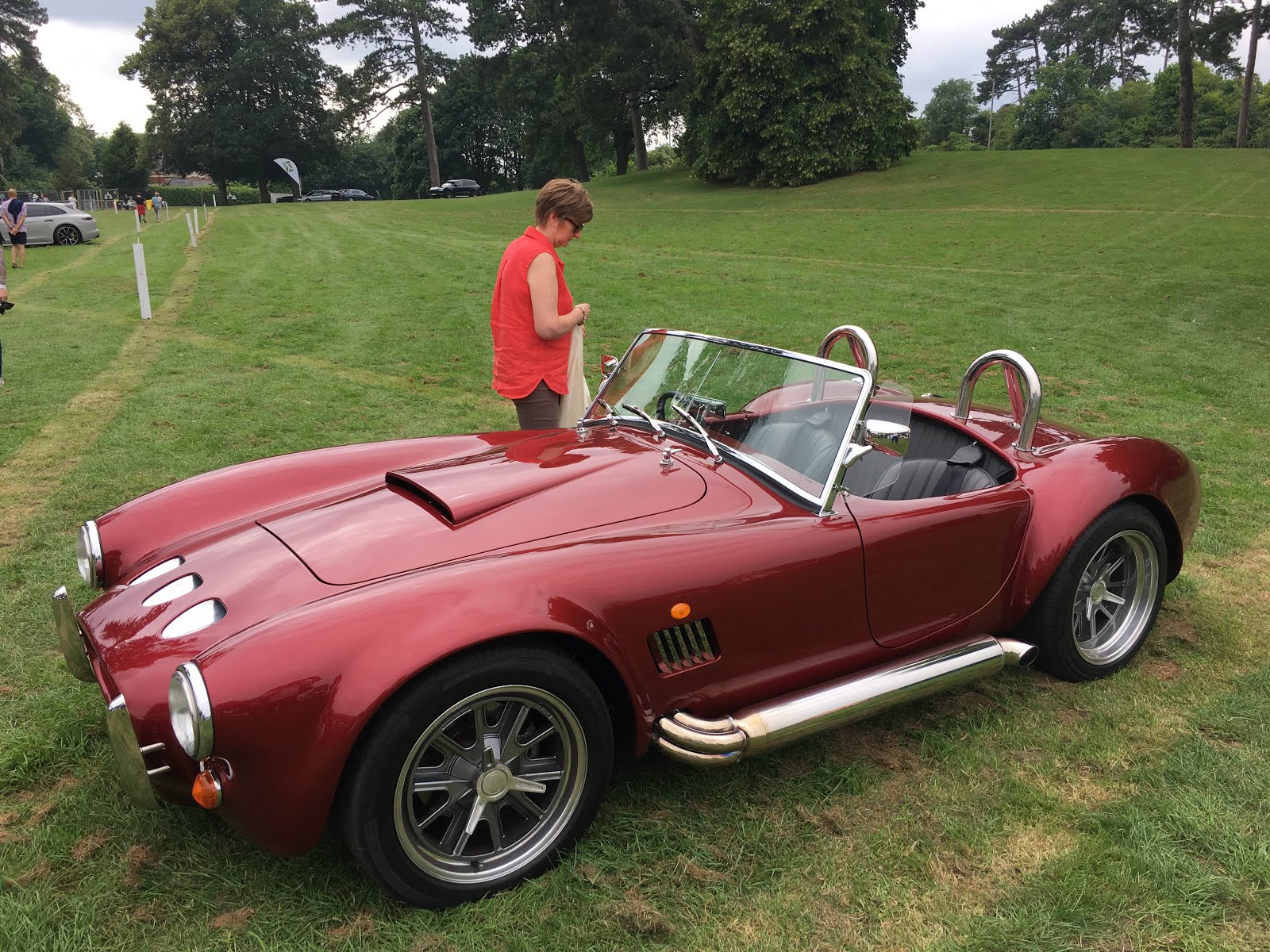Bit of a while since last update but that's just because I'm behind on admin -there's been lots going on.
The AK Gen 2 build manual is pretty good at getting you to the rolling chassis stage. Its a logical progression through the required tasks with some good photo's to assist.
One of the first things to do is to fit the ball joints to the top and bottom front wishbones. I wonder how many other AK builders get exited and frustrated by this first real assembly task only to find that AK don't supply the ball joints in the kit..... So, a good read through the manual to find all the parts needed to complete the rolling chassis is a great idea:
I needed:
Upper and lower front ball joints
Lower front ball joint set screws - 4 per side - threadlocked
Front Wheel Bearings
Front Disk Rotors and Pads
Rear Disk Rotors and pads
Steering rack bolts.
Lock wire for rear brake caliper bolts
Copper Grease and High Temp Grease
Rear Wheel Bearings
Rear Fulcrum Bearings
Universal Joints for drive shafts
Differential Oil
Build Wheels
Quite a parts list and a fair few quid. - aside from the build wheels that I got for free from fellow builder Craig Perry.
Once all the parts are to hand, you do feel that you can make some rapid progress and get a sense of achievement.
In my case I was able to follow the manual quite successfully. I had one or two issues on the way. The first was the front wheel bearings. Once fitted and tightened according to the manual, the hubs were nearly impossible to turn by hand. The grease seal feels like its binding on the hub shaft. After a few minutes on the Cobra Forum - it turns out that this is normal and they ease off quickly once the car gets under way. I subsequently found this is correct; once I got the build wheels on and started moving the chassis around they started to turn freely.
It was quite an exercise leveling the chassis to perform the conjuring trick with the AK supplied paper castor gauge and a piece of string. It seems that the suspension points and chassis alignment are nearly right - I guess that s what you get with a hand built chassis. I persevered then discovered a plumb bob app for iphone ( there are loads of them). This was a lot easier to use and I suspect quite accurate. The procedure of shuffling washers between top and bottom wishbone bolts is a simple yet effective way of arriving at a reasonable setup.
I fitted the diff assembly on my own - and having done so I'd suggest getting someone to help. I loaded the diff onto a small trolley then jacked up the rear of the chassis to a suitable height to push the diff into the frame..
Here are a few pictures of some of the assembly

Handbrake Actuator
One item that didn't go according to the manual was the handbrake assembly. Basically the standard AK cables proved to be too long by about 1". This meant that the actuating lever which is on top of the diff was too far forward to get an effective pull. Impossible to modify the cables and I tried a different set from Craig Perry which had the same problem.
In the end I modified the bracket to allow for the extra cable length.
Another issue I'm not happy about is the rear brake flexy pipes. On my installation the pipes will bank on the chassis rail with suspension movement - an IVA fail - so I'll have to look at banjo angles to make sure the pipe is in free space.
Brake Pipes
I bought this bit of kit from Draper to make up the brake pipe flares. Its easy to use and seems to make good quality flares ( I will find out in due course!). Added bonus that it can be used without a vice or bench.
Must admit I'm quite chuffed with the pipe runs I've managed to create - look quite neat. I decided to use Cupro-Nickel pipes rather than the standard copper. Price is not much higher and they have a much higher burst pressure. I've fixed the pipes using rubber lined p-clips, drilled and tapped into chassis.
And now its on wheels....
Feels great to have got to the stage where I can wheel the chassis around. The build wheels I have are 15" and actually too small for the front brake calipers. I had to put washers over the wheel studs to push them out of contact with the calipers.
























































